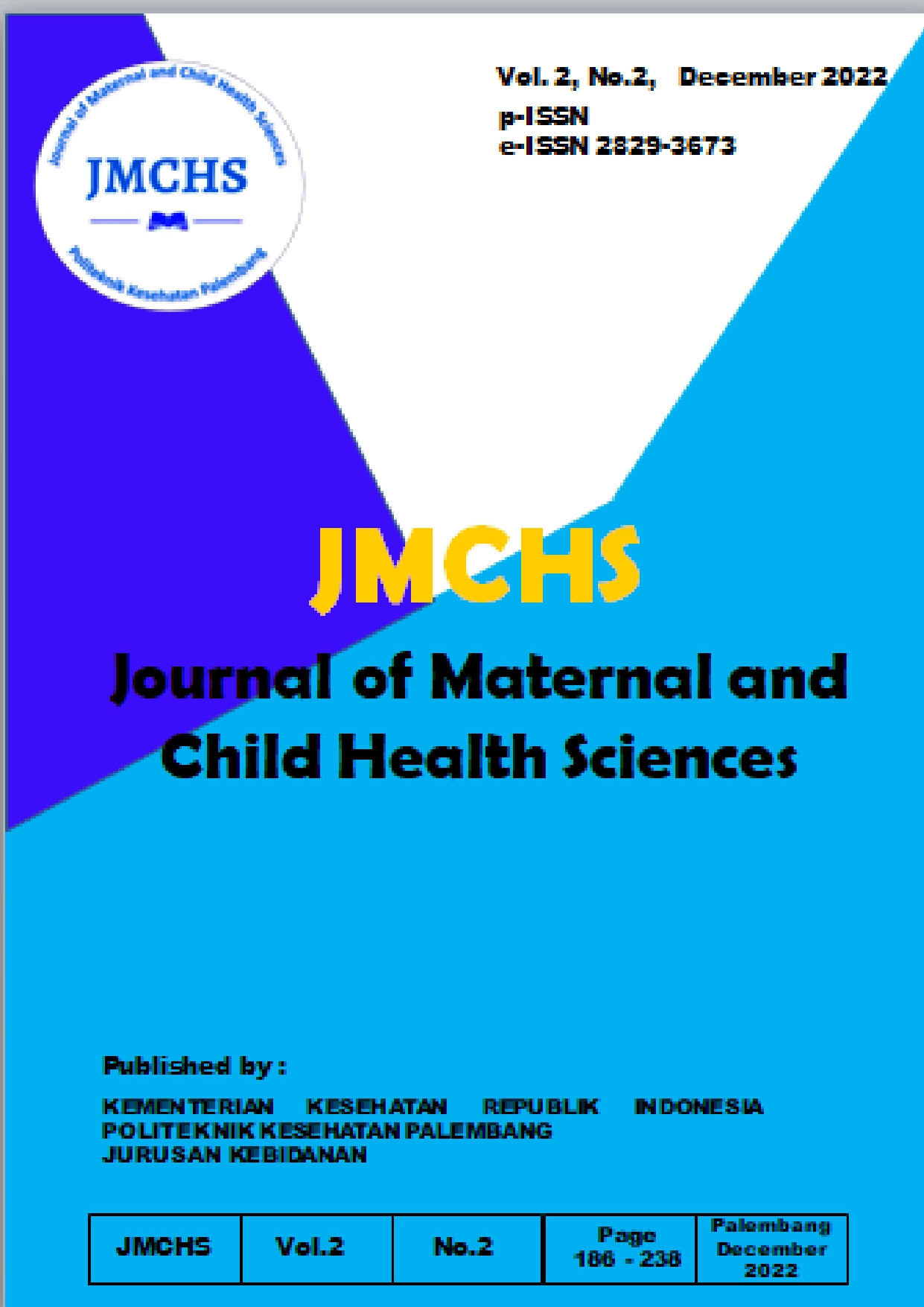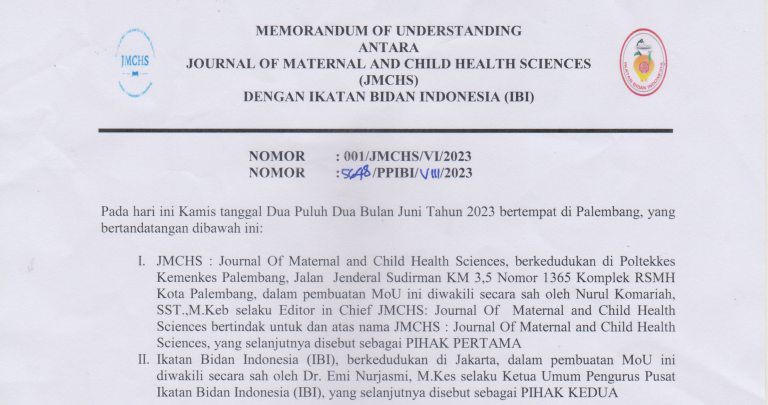Anxiety Against Covid-19 With A Planning Family Acceptor Visit
Abstract
The pandemic Covid-19 caused a decrease in the number of family planning acceptors in Indonesia and particularly in Palembang which will have an impact on pregnancy rates were rising and the Baby Boom phenomenon occurred in Indonesia. Purpose: This study aims to analyze anxiety during Covid-19 in family planning acceptors and analyze the relationship between anxiety and Covid-19 with family planning acceptor visits at the Palembang City Health Center in 2021. Method: The research design used is correlation analytic with a cross-sectional design. The sampling technique in this study used a purposive sampling technique (Non-Probability ). The sample of this study amounted to 104 respondents from 140 populations. Data collection was carried out in the working area of the Ariodillah Health Center and the Pembina City of Palembang by using direct questionnaires and online questionnaires using Google Forms This research was conducted on 17 May – 03 June 2021. The data analysis used was the non-linear regression test. Result: sig values 0.832 > probability of 0,05 it is stated that no relationship exists significant between Anxiety against Covid 19 to visiting family planning acceptors. Based on the comparison of the t arithmetic value of 0.213 < t table value of 1.663, it can be concluded that H1 or the first hypothesis is rejected. This means that there is no relationship between anxiety about COVID-19 and the visit of family planning acceptors at the Palembang City Health Center. Conclusion: There is no significant relationship between anxiety about Covid-19 and the visit of family planning acceptors at the Palembang City Health Center.

This work is licensed under a Creative Commons Attribution-ShareAlike 4.0 International License.
Authors who publish with this journal agree to the following terms:
- Authors retain copyright and grant the journal right of first publication with the work simultaneously licensed under a Creative Commons Attribution License that allows others to share the work with an acknowledgement of the work's authorship and initial publication in this journal.
- Authors are able to enter into separate, additional contractual arrangements for the non-exclusive distribution of the journal's published version of the work (e.g., post it to an institutional repository or publish it in a book), with an acknowledgement of its initial publication in this journal.
- Authors are permitted and encouraged to post their work online (e.g., in institutional repositories or on their website) prior to and during the submission process, as it can lead to productive exchanges, as well as earlier and greater citation of published work












